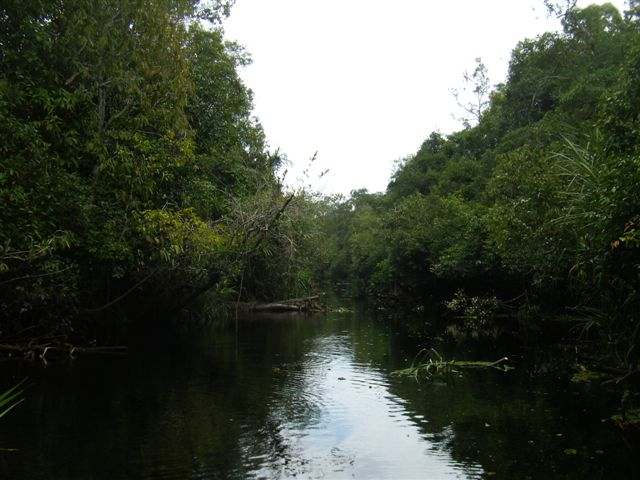On Saturday 15th February, our team were on hand to support the dramatic release of a very large adult Tomistoma (also known as a False Gharial); one of the largest that our team have ever seen.
A couple of days beforehand, local government officials were notified of the fact that a crocodile had been found near a village not far from Pangkalan Bun in Central Kalimantan, Indonesian Borneo. It was reported that the crocodile in question had incredibly already been captured by local villagers to keep their waterways safe, and once our team had arrived a short while later and observed the size of the reptile, it became clear what a herculean task capturing it must have been.
For its safety, the giant reptile is restrained during transportation.
Almost dwarfing the truck it was transported in, it took the efforts of several local people, government officers, and Orangutan Foundation staff to carefully transport the Tomistoma to a safe location in Pangkalan Bun where it could receive a medical examination.
The truly impressive specimen weighing approximately half a tonne was identified as male and measured a remarkable 4.7m from snout to tail. Our team were taken aback by the sheer size of this Tomistoma, and were delighted when physical tests confirmed that the crocodile had no injuries and was in fine health- ready to be released.
Tomistoma (Tomistoma schlegelii) are a member of the Crocodylidae family and inhabit the rivers and wetlands of South East Asia. Estimates suggest that there are fewer than ten thousand Tomistoma remaining in the wild.
Arriving at a suitable site within Tanjung Puting National Park, it took great care from the team to delicately remove the Tomistoma’s restraints and prepare for its safe release from the transport boat back into the wild. In a final dramatic twist, this large male showed a powerful example of his strength when in one sharp flick of his tail, he was able to shatter the wall of release boat’s kitchen as he descended into the river.
Fortunately no one was injured in the translocation of this large reptile. Collaboration between government rescue teams and local people played an important role in transporting the crocodile to a safe location where is will be able to hunt for food freely in the waters surrounding Tanjung Puting National Park.










